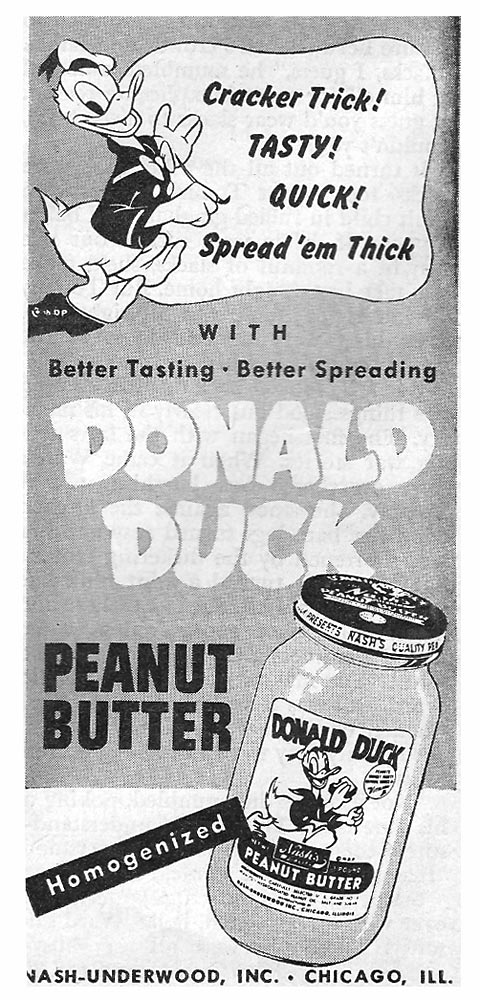The excellent Internet Archive is “a non-profit library of millions of free books, movies, software, music, websites, and more.” It has recently sent me an email entitled Quaint and Quirky Ads of the Past.
“In the late 19th and early 20th centuries, advertising exploded from a niche art form into a massive industry. Companies began to invest heavily in marketing their products, and many artists would supplement earnings by creating brand advertisements for print magazines. A century later, over 2,800 print graphics have been digitized and preserved in our Advertising Art in Magazines Collection.”

This one struck my fancy because of the word “husky.” As a kid growing up who wore clothes sometimes labeled as “husky,” I am fascinated by the development of the word since 1920.
Brand evolution
“Some household items that were popular from the 1900s to the 1930s remain pantry staples even today. Lipton Tea was marketed as “a glorious lift when you’re weary,” and Lifesavers were proclaimed “an amazing new taste sensation,” while Campbell’s Soup promoted itself as a luxury dinner party course without the hassle. While these brands didn’t retain the prestige they were attempting to claim (recipes like wine Jell-O aren’t an essential dessert for every occasion), advertisements from this time served their purpose of keeping these goods top of mind, even for today’s modern households.”

This is one bossy kid for 1913.
Cigarette Supremacy
“Before tobacco marketing was legally restricted, cigarette advertising was a big business. Popular brands such as Lucky Strike, Camel, and Chesterfield used visually-compelling imagery and memorable slogans, like “It’s toasted,” to differentiate themselves. Holidays were even fair game for promotions, with tobacco companies featuring Santa Claus as a smoker and brand ambassador for their products.”

Such a specific number of doctors endorsed “coffin nails” in 1930.
Likely Discontinued
“Over the past century, many goods have demonstrated their long-term viability. However, several others did not stand the test of time. Products that appeared helpful—such as the Pillow Inhaler (1869), designed to alleviate asthma, bronchitis, and lung ailments, or Magnetic Foot Batteries (1900) for warming cold feet—turned out to be nothing more than snake oil and were banned from sale. Similarly, the Pandiculator (1920), which claimed to improve health and height, was available from 1914 until malls prohibited it in 1942.”

If this brand is still available, as it was in 1946, I cannot find it.
I’ve been donating a paltry $5.00 monthly to the Internet Archive. “Your monthly donation allows us to continue our work of advancing Universal Access to All Knowledge, and we couldn’t do it without you.
“Your ongoing giving helps us survive, thrive, and grow—ensuring that students, researchers, journalists, librarians, and curious citizens everywhere have access to our digital cultural heritage. Thanks to you, we have a dependable monthly income that helps us plan for the future, build long-term sustainability, and continue to provide consistent services to all our patrons, especially including those who may not be able to afford it.”
I may have to up my donation.

Boy’s clothes were marked “husky” and girl’s clothes were marked “chubby.” I don’t think they could get away with that today! I actually had to re-read the chewing gum ad. That kid was a brat!